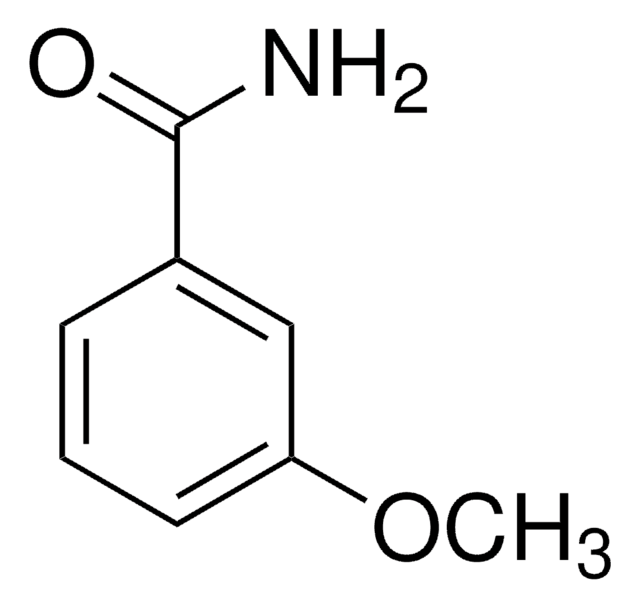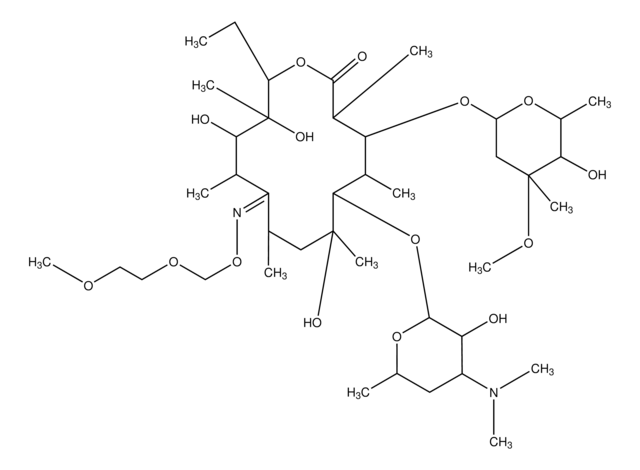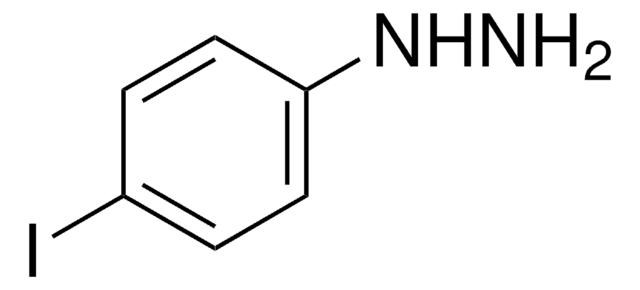161454
5-(p-Methylphenyl)-5-phenylhydantoin
≥99%
Sinónimos:
5-(4-Methylphenyl)-,5-phenylimidazolidine-2,4-dione, 5-Phenyl-5-(p-tolyl)hydantoin, MPPH, NSC 32105
About This Item
Productos recomendados
Ensayo
≥99%
Formulario
powder
mp
225-226 °C (lit.)
solubilidad
soluble 50 mg/mL, clear to slightly hazy, colorless to light yellow (DMF:HCl(2:1))
grupo funcional
phenyl
cadena SMILES
Cc1ccc(cc1)C2(NC(=O)NC2=O)c3ccccc3
InChI
1S/C16H14N2O2/c1-11-7-9-13(10-8-11)16(12-5-3-2-4-6-12)14(19)17-15(20)18-16/h2-10H,1H3,(H2,17,18,19,20)
Clave InChI
WPAPSGQWYNPWCZ-UHFFFAOYSA-N
¿Está buscando productos similares? Visita Guía de comparación de productos
Aplicación
Palabra de señalización
Warning
Frases de peligro
Consejos de prudencia
Clasificaciones de peligro
Acute Tox. 4 Oral - Carc. 2 - Repr. 2
Código de clase de almacenamiento
13 - Non Combustible Solids
Clase de riesgo para el agua (WGK)
WGK 3
Punto de inflamabilidad (°F)
Not applicable
Punto de inflamabilidad (°C)
Not applicable
Equipo de protección personal
Eyeshields, Gloves, type P3 (EN 143) respirator cartridges
Elija entre una de las versiones más recientes:
¿Ya tiene este producto?
Encuentre la documentación para los productos que ha comprado recientemente en la Biblioteca de documentos.
Filtros activos
Nuestro equipo de científicos tiene experiencia en todas las áreas de investigación: Ciencias de la vida, Ciencia de los materiales, Síntesis química, Cromatografía, Analítica y muchas otras.
Póngase en contacto con el Servicio técnico










